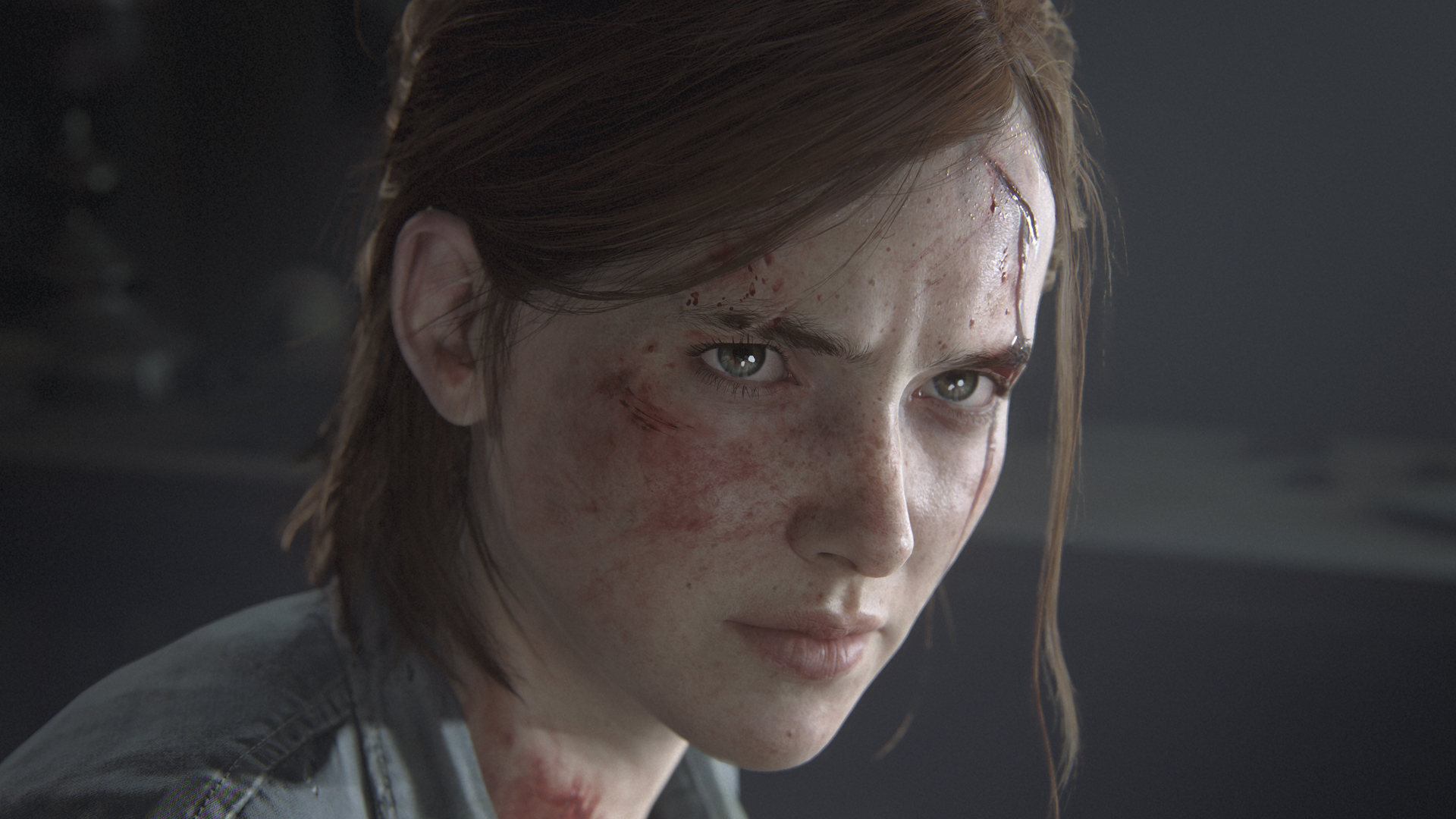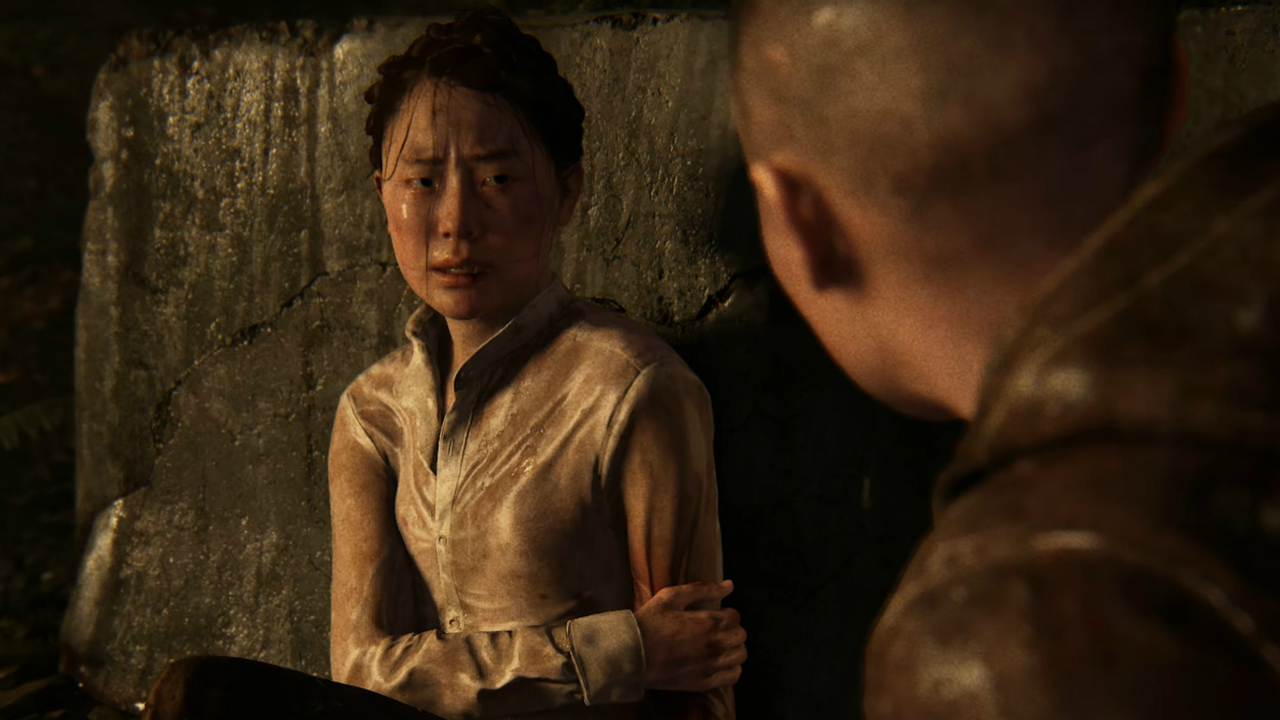The Last of Us Part 2 is struggling to stand out amid a brutal video game landscape the original inspired
The first game used shocking violence to make a point. The sequel is upping the carnage, but hasn't yet revealed a purpose for it.

Don’t go thinking that what I’m about to say comes from any reactionary, moralistic standpoint, crying out for sanitised media. Because it really, really doesn’t. But I think that The Last of Us 2 has a violence problem.
The first Last of Us used violence incredibly well. While it’s safe to say that the majority of AAA video games revolve around violence, very few elevate its purpose to anything above a mechanical means of interacting with the world. None are obliged to, mind, and to do so would often be wildly inappropriate. But The Last of Us does. It’s probably still the stand-out text when looking for an example of a violent game that’s also about violence. Its approach to bloodshed and killing is fundamental to its quality.

Joel’s story is that of a good man turned brutal by the callous acts of a savage world. It’s about the ugliness of a life in which violence is a pre-requisite to survival. Most crucially, it’s also about how such an existence ultimately drives Joel to mete out emotional violence on those close to him in a desperate attempt to hold on to what’s left of his humanity. In obsessing over what he thinks Ellie represents, in compartmentalising her a link back to his ‘clean’, earlier life as father to his biological daughter Sarah – a role that, in truth, he wasn’t even particularly good at – he dehumanises her and vetoes her wishes in order to serve his own selfish ideals. Violence, and its cyclical repercussions, permeate everything The Last of Us is about, and as such, its in-game representation has to be really nasty. It has to jar you. It has to make you notice it, and feel uncomfortable. It can never be allowed to become just-part-of-the-game, despite its prevalence as a primary gameplay system.
Clearly, The Last of Us Part 2 is not dialling down the graphic ferocity of its bludgeoning and bleeding. No-one expected it to. And I’m assuming for now that, again, there’s a point to it, because there has to be. For The Last of Us Part 2 to be a worthy sequel – hell, to even remotely be deemed a sequel at all – it has to continue using its brutality with intelligence and purpose. That’s non-negotiable. But there’s a problem.
The thing is, for every worthwhile work of art that becomes commercially successful while using a specific tool for a specific purpose, there invariably follow dozens of others that simply copy the aesthetic or some other, superficial design element, and hope to attain the same success. Look at the number of terrible, PVC-and-slo-mo infused action movies that popped up after The Matrix. Look at all the bad space operas that appeared in the early ‘80s after Star Wars. Look at how Hollywood endlessly apes successful projects until the related tropes are run into the ground, time and time again. Look at how many battle royales are at E3 2018.

Thus, in the five years since The Last of Us was released, games have proliferated a particular type of violence, whether intending it with purpose or not. A particular kind of grubby, weighty, desperate brutality, that waits in the tall grass, crouched and panting, looking for an opportunity to strike. Video game violence has caught up with The Last of Us. Even Sony’s other games are following suit. Days Gone presents things so similarly as to often feel like an unofficial sequel itself, worn-down, rotting Americana and all. The newly grizzled Lara Croft now has the persona of an angry chimp with a kitchen knife.
So how does The Last of Us Part 2 continue to make its points, now that the gaming landscape around it has normalised its once-standout aesthetic? How does it ensure that its violence continues to unsettle, continues to matter, when half a decade to video games have worked so hard to render its murky atrocities the new mundane baseline?
Weekly digests, tales from the communities you love, and more
It’s a difficult, and somewhat troubling, question to answer. Simple escalation surely isn’t the solution. That way leads only an endless arms race of bloody, deglamourised shock value, in which each follow-up wave of carefully amateurish killing forces another step-up, until everything’s just a red mess of screaming, choking, gouging, and brick-smashing by 2021, and none of it means anything. That said, surface escalation does seem to have been part of The Last of Us’ plan of late.
That now notorious Paris Games Week reveal trailer, with its context-free shattered limbs and gruelling torture of characters we neither know, understand, nor particularly yet care about, was hard to interpret as anything more that a statement on how viscerally bleak The Last of Us Part 2 is going to be. It was well directed and atmospheric, but by presenting its carnage without any emotional connection or sense of meaning, its violence ultimately could not fail to feel gratuitous and a tad petulant.
That scene probably means a lot more within the context of the complete game, but presenting it in isolation – and as the first real, public look at The Last of Us 2 – was a choice that, indeed, felt almost exactly like an attempt to reassert the series’ shocking status after years of bludgeon-creep elsewhere. It certainly snared the attention, but it also flew in the face of the first game’s philosophy of violence with purpose. Particularly, it paled in comparison to the careful, world-building shocks of the original’s merciless but intelligent E3 gameplay reveal. It was a blunt, unsophisticated tactic to promote a game that (hopefully) deserves better.
The game’s E3 2018 demo is much better framed. The slow-burn direction of its warmly human, character focused opening is a great work of subtle communication, lifted by an intricate but underplayed performance by Ashley Johnson. And for all the following, bloody chaos is never justified, the contrast between the demo’s opposing tones does just about manage to fashion some significance out of Ellie’s rampage. The juxtaposition communicates some real unrest and repressed rage within her, which fans of the first game can easily construe as a hold-over from that story’s brilliant ending.
But still, we’re looking at a Last of Us sequel that continues to put the emphasis on its horrifying spectacle, rather than addressing any of what really made the first game resonate. It continues to push the aesthetic harder and harder, but has so far done little to remind us of the purpose that aesthetic once served. Maybe that is the best way to grab attention at an event as big and noisy as E3. Maybe The Last of Us’ hand has been forced by the subsequent style of games that it arguably inspired. But it still feels a retrograde step, in light of the way the 2013 game shook up so many norms of narrative and perceived maturity in video games.
But hey, perhaps The Last of Us Part 2 doesn’t need to do any more than it is doing. It will surely sell as fast and furious as an Ellie melee, however it’s presented, and provided the final game maintains the series’ signature meditation on humanity and brutality, this will all turn out okay in the end. I just now find myself a little anxious over whether it will or not. And given the quality of the first game, I shouldn’t have those doubts. That, I suppose, is as good a reason as any to question the way The Last of Us Part 2 has been presenting itself of late.



